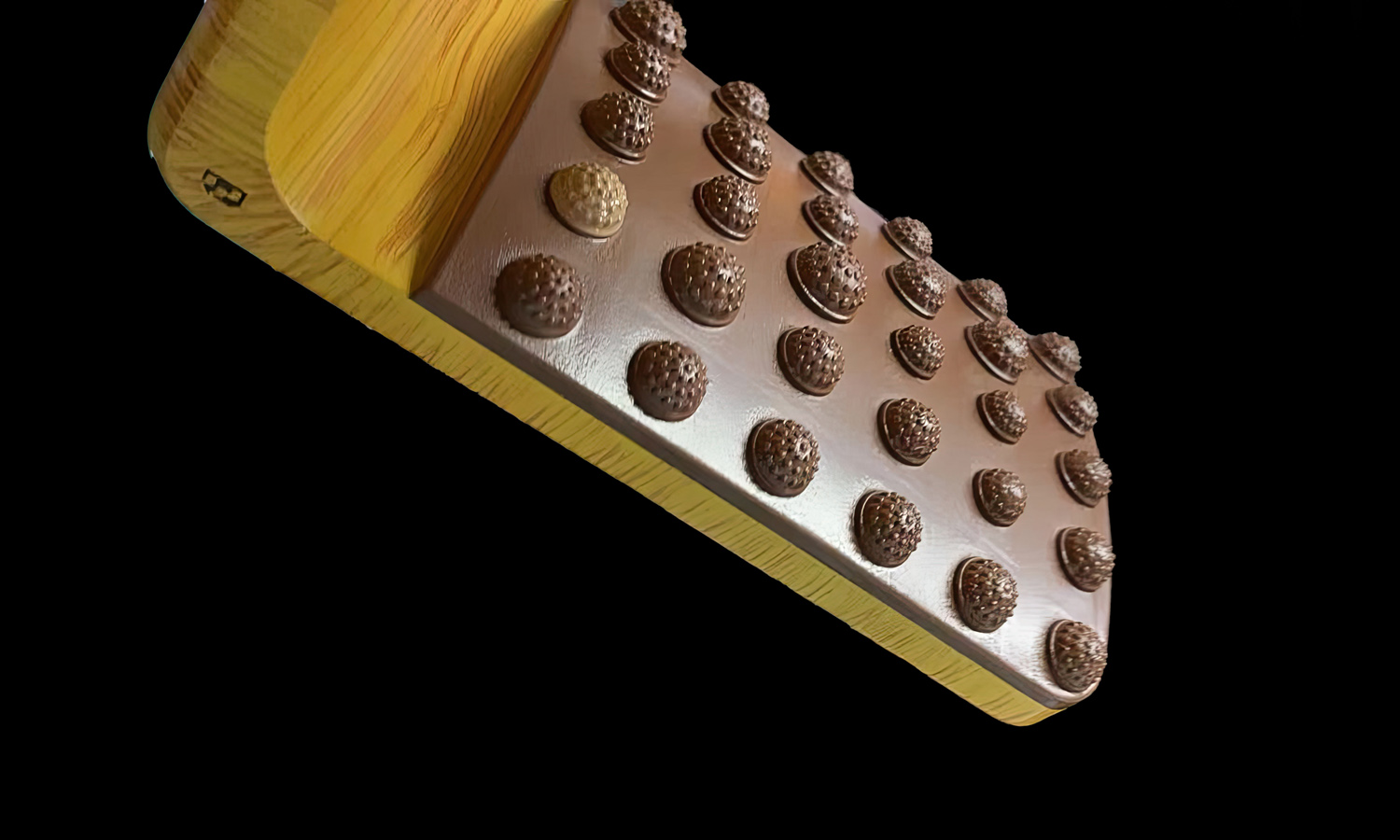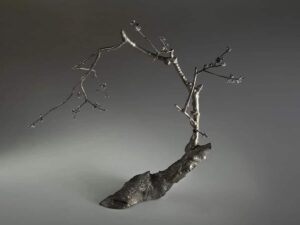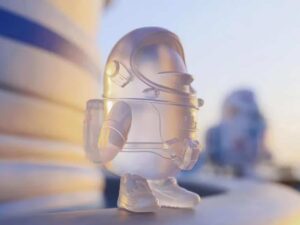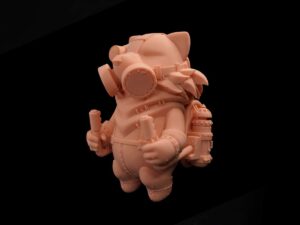- Transparent and Metal Injection Mold Prototypes with Conformal Cooling Designs
- DMLS 3D Printed Anodized Rainbow Titanium Bike Bottle Cage
Material Resin
Quantity 1 pcs
Price Range $100-1,000
Lead Time 5 workdays
Gallery
About Project
We are excited to unveil our latest creation: the Puzzle Wheel Prototype. This innovative toy combines the engaging elements of a Ferris wheel, building blocks, and storage drawers, all designed to provide endless fun and creativity for children.
Key Features of the puzzle wheel prototype:
- Unique Structure: The toy features a circular Ferris wheel mounted on a sturdy stand, with six compartments that spin around the center.
- Versatile Compartments: Two opposite compartments are composed of perfectly fitting building blocks, while the remaining four compartments are functional drawers. These drawers can hold small LEGO bricks in various shapes, including tiny cars, enhancing the play experience.
- Creative Storage Solutions: The textured base of the toy is compatible with interlocking building blocks, allowing kids to build directly on it using the pieces stored in the drawers.
- Detailed Design: The wheel is water transfer printed with realistic wooden grains, giving it a beautiful and natural appearance. The entire prototype is printed in high-quality resin and painted in vibrant colors, making it visually appealing and durable.
This prototype represents the future of interactive and educational toys, merging traditional play with modern design techniques.
Why Choose FacFox for Your 3D Printing Needs?
At FacFox, we specialize in bringing innovative toy designs to life through advanced 3D printing technology. Our services offer numerous benefits for toy developers, including:
- Precision and Quality: Our SLA 3D printing produces highly detailed and accurate prototypes, ensuring that every component fits perfectly and functions as intended.
- Customization: We provide a wide range of materials and finishing options, such as resin printing and water transfer printing, to achieve the desired look and feel for your product.
- Efficiency: Our cutting-edge technology allows for rapid prototyping, enabling you to bring your ideas to market faster and more efficiently.
Partner with FacFox for your next toy development project and experience the future of manufacturing today. Whether you are developing a unique prototype like the Puzzle Wheel or looking to produce complex toy components, FacFox has the expertise and technology to help you succeed.
Discover more about our 3D printing services at FacFox. Letãs innovate together!
Solution
- Step 1: Design Creation.
The initial design was meticulously crafted using Solidworks software. Detailed specifications for each component, including the wheel, compartments, and base, were outlined to ensure precise dimensions and functionality.
- Step 2: 3D Modeling. Each component of the toy was modeled in the Solidworks software. The design included interlocking building blocks for two compartments and drawer mechanisms for the other four compartments. Special attention was given to the rotation mechanism of the wheel and the textured surface of the base.
- Step 3: Slicing for 3D Printing. The 3D models were sliced using specialized software to prepare them for printing. This process involved converting the 3D models into layers and generating the necessary G-code for the SLA 3D printer.
- Step 4: 3D Printing. The components were printed using SLA (Stereolithography) technology. A high-quality, durable resin was selected for its fine detail resolution and smooth surface finish. The printing process involved building each component layer by layer, using a laser to cure the resin precisely according to the sliced design. Supports were added during printing to ensure complex shapes and overhangs were accurately formed. These supports were removed post-printing.
- Step 5: Post-Processing. The printed components were carefully cleaned to remove any residual resin. This typically involved washing in an alcohol bath to ensure all uncured resin was eliminated. The components were then cured under UV light to further harden the resin and enhance the durability of the pieces. Supports were trimmed and sanded off, and any surface imperfections were smoothed out to achieve the desired finish.
- Step 6: Water Transfer Printing. The wheel underwent water transfer printing to apply realistic wooden grain patterns. The process involved. Preparing a water transfer film with the wood grain pattern. Activating the film in a water tank to allow the pattern to adhere to the wheel’s surface. Immersing the wheel in the tank to transfer the pattern onto it, ensuring full coverage and an authentic appearance. Allowing the wheel to dry thoroughly before proceeding to the next steps.
- Step 7: Painting. Each component, including the compartments and base, was painted in vibrant colors using high-quality, non-toxic paints. This involved multiple steps: Priming the surfaces to ensure the paint adhered well, applying base coats and then detailed color work according to the design specifications, sealing the painted components with a clear coat to protect the paint and enhance durability.
- Step 8: Sticker Application. Stickers were applied to the surfaces of the drawer compartments. These stickers featured icons like a car and a puzzle piece, indicating the contents or themes of the drawers.
- Step 9: Component Assembly. The painted and decorated compartments were assembled onto the wheel. Each drawer was fitted into its designated slot, ensuring smooth operation. The wheel was mounted onto the stand, and the rotation mechanism was assembled and tested to ensure smooth spinning.
- Step 10: Quality Inspection. A thorough quality inspection was conducted to identify any defects or inaccuracies. Each component was reviewed for proper functionality and appearance. The rotation mechanism, drawer operation, and overall structural integrity were tested.
- Step 11: Packaging. Once the prototype passed the quality inspection, it was carefully packaged. The packaging included small LEGO bricks that could be stored in the drawers and fixed onto the textured base.
Related Articles
-
SLM 3D Printed Chimonanthus Praecox Flower Branch with Stainless Steel
-
SLA 3D Printed Transparent Tencent Penguin Astronaut Clear Resin Miniatures
-
ColorJet 3D Printed Queen Stepping on the Old King Full-color Sandstone Figure
-
DLP 3D Printed Fine Detail Resin FacFox Mascot Henry the Fox Cyberpunk Miniature







